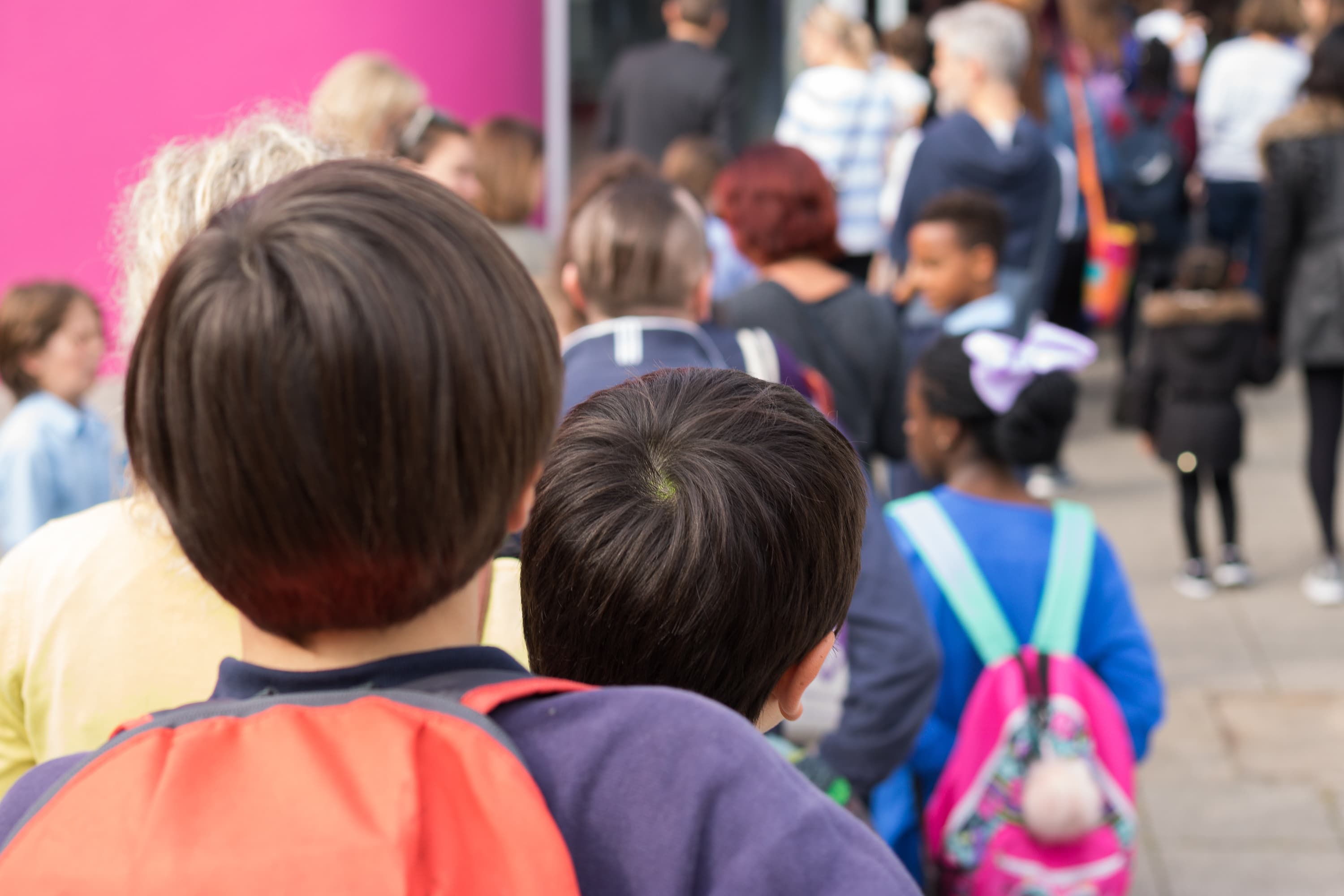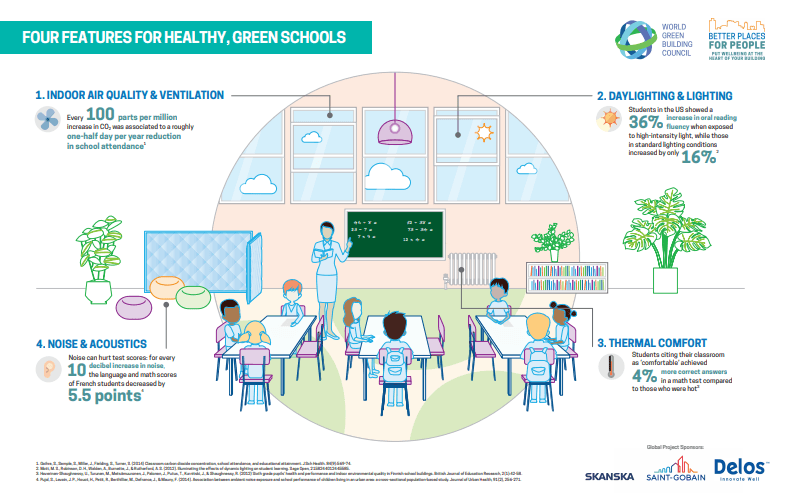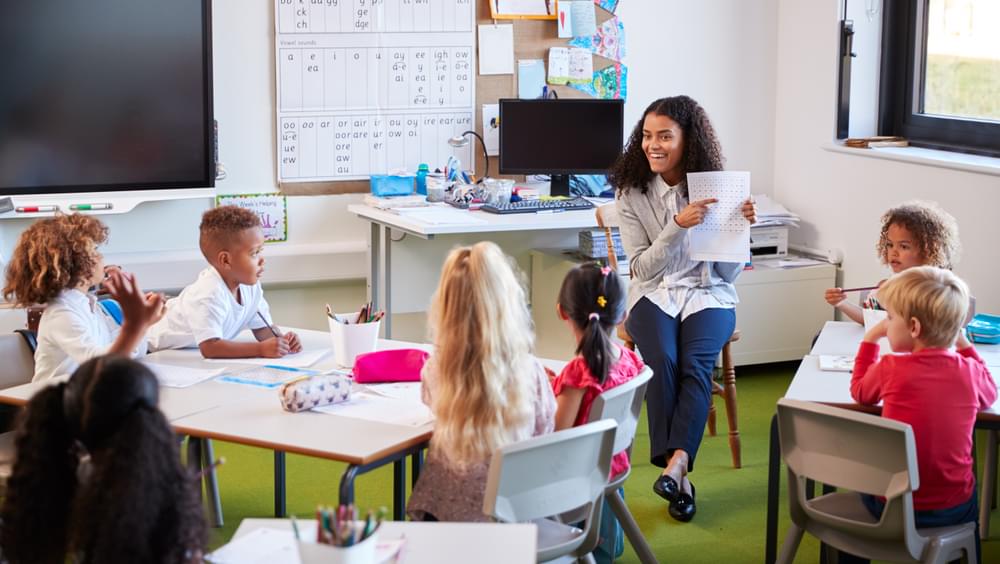The majority of children in the UK have now been at home for several weeks, after the government closed schools in mid-March to help stop the spread of COVID-19. However, Boris Johnson will soon reveal his strategy for ending the lockdown and pupils may then be able to make a phased return to the classroom. Children are likely to return to a very different school environment to the one they left, with a stronger emphasis on social distancing and hygiene routines. Most schools aren’t designed to facilitate adherence to social distancing guidelines, so a lot of temporary measures and protocols will have to be put in place. This will prompt many educational establishments to consider their approach to health and wellbeing in the longer term.
How the built environment impacts health and wellbeing represents a critical and growing area of sustainability. We are increasingly aware of the connection between where we are and how we are.
It is no surprise that the newest and most popular sustainability certifications for commercial buildings – the WELL Building Standard and Fitwel – focus on the building/body connection.
For schools and children, this agenda presents three particular challenges:
- Children are generally more vulnerable to environmental risks than adults are due to a number of factors[1]
- Aside from the home, schools represent the most important building for children
- Schools often have limited budgets and resources, so improvements for these types of buildings must not be expensive
In this short paper, we look briefly at how buildings can impact children. We then recommend some low-cost/free sustainability strategies that can be considered by everyone.
How Schools Impact Children

The pandemic has acted as a catalyst or ‘tipping point’ in many respects. With countries around the world reporting significant drops in air pollution since implementing lockdown restrictions, many are asking fundamental questions about how and whether this can be sustained, particularly against a backdrop where the need to drive short-term economic growth could come at the expense of the climatic agenda.
Undoubtedly the pandemic-driven clearing of the air will be short-lived and we are likely to return to “emissions as usual’ in the medium-term. Shutting down the global economy to improve air quality is not a viable, long-term solution, but hopefully one silver lining of the coronavirus cloud will be to speed up our sustainability, health and wellbeing agenda.
Thanks to technology, we have learned a tremendous amount about how the environment impacts schoolchildren. For example, we know from data generated by sensors and wearables how much exposure children have to air pollution - both on the way to school and once they are inside.[2]
Some of the most interesting air quality studies of the last few years have focused on schools in busy urban areas. It is not a positive story.[3] Almost every child in London attends a school in an area where air pollution levels are above World Health Organisation (WHO) guidelines.[4] The air outside of many schools is poor and the exposure is frequent – on the way to school, in the playground and in the classroom itself (outside air eventually makes its way in).
Air quality studies have a long history in the classroom, with some of the earliest and most interesting studies focusing on the quality of indoor air, particularly concentrations of carbon dioxide (CO2).[5] The results are unequivocal – poor air quality is a learning hindrance. Students with better air quality (in the form of lower CO2 levels) perform better than their peers in poor environments, all else being equal. It is also the case that classroom air can be full of other types of air pollutants – like particulate matter, SOx and NOx – that have a detrimental impact on children’s health.
Several other factors influence health and wellbeing and student performance. Chief among them are these three main items:
- Lighting: Students score better where lighting levels are appropriate. Natural light in particular improves mood, concentration and the production of Vitamin D
- Acoustics: Students in quieter classrooms score better, have lower levels of anxiety and better physical health
- Thermal Comfort: As with air quality, children are more sensitive to temperatures. Deviations from comfort bands have shown to affect learning rates, test scores as well as physical and mental wellbeing[6]
For many years, these four factors – air quality, lighting, acoustics and thermal comfort – were the main areas of attention in schools, primarily because the focus of the work was on understanding the impact of buildings on physical health and learning. More recently, the range of factors thought to be important has increased, as has interest in the relationship between buildings and mental health.
Beyond the Big Four
We now know that there are other variables that have a significant impact on the wellbeing of children in the school environment. These include, but are not limited to:
- access to clean water and healthy food
- views out to nature, and access to natural surroundings
- enough outdoor space for children to play and exercise
- a “look and feel” to classrooms that uses natural materials and motifs, including colour and patterns
The main underlying theme behind all these principles is the importance of nature and its ability to enhance both physical and mental health, as well as facilitate learning.
We know, for example, that children occupying classrooms that are surrounded by nature are not only in a better physical environment, they are also more likely to be calmer and better able to concentrate.[7] Similarly, school buildings that have high levels of natural light help students to learn more effectively.[8] There is a “sweet spot” for sustainability in classrooms when practices that reduce energy and otherwise improve the environment also enhance learning. We expect to see more of these practices – use of daylight, natural ventilation, natural materials, etc – in future school buildings.
So What Can You Do?
Whether you are building a new school, conducting a refurbishment or refresh or simply interested in better operational practices, we recommend using a model that we at G&T have considered in our own work. We call it “plant-based space” and within it we find a simple and well-understood set of “ingredients” and “actions” that can help you better frame decisions around sustainable schools.
We can build sustainable schools by adopting a “plant-based space” model. The six ingredients that plants need to thrive – light, air, water, food, warmth and space – are the same ones that students need to thrive.
It works like this: think about plants and mimic their example. The six ingredients that plants need to thrive – light, air, water, food, warmth and space – are the same ones that students need to thrive. And what plants do – renew, purify, conserve, nourish, uplift and then vanish – represent the principles upon which green and healthy schools should be considered. This natural, organic model is intuitive and understood by children, so it also presents an educational and communicative function to students, parents and colleagues.
Isn’t this Difficult and Expensive?
In a word, no. Our experience at G&T tells us that sustainable and healthy buildings that spring from natural considerations – lots of natural light, views to the outdoors, high/spacious ceilings, natural ventilation, etc – are actually less expensive to build and operate than conventional or even “smart” buildings.
What’s more, these types of natural environments are where people are healthiest and most productive. A few important design and material considerations – for example, natural materials, non-toxic paints and finishes, more plantings and greenery – are not more expensive and can make a big difference to the physical environment.
Luckily, as relatively simple buildings, schools can make use of many low-cost and easy strategies. Things like healthier food choices, green cleaning, opening windows and even providing green “route maps” for students walking to school have been shown to have important and measurable positive impacts on students and their learning environments.
Where Can We Learn More?
When it comes to tools for promoting healthier schools, there is no shortage of advice. One effort where we have been involved, and that we can recommend without hesitation, is the World Green Building Council’s “Better Places for People” project.
A blend of academic and applied research, this global initiative represents the latest and best information about healthy built environments, and has a special section devoted entirely to schools. The tools and guidance were developed to be available and of value for anyone, anywhere, anytime.

Source: WGBC - Four Features for Healthy, Green Schools
[1] https://www.who.int/ceh/risks/...
[2] See, for example, https://www.kcl.ac.uk/news/chi... and also, https://www.dyson.co.uk/inside...
[3] https://www.env-health.org/wp-.... Also, https://www.sustrans.org.uk/ou...
[4] https://www.telegraph.co.uk/ne...
[5] https://www.aivc.org/sites/def.... Also see http://centaur.reading.ac.uk/1...
[6] For a good resource on schools and health and wellbeing, please visit: https://www.worldgbc.org/better-places-people/green-healthy-schools
[7] https://greatergood.berkeley.edu/article/item/six_ways_nature_helps_children_learn
[8] https://www.academia.edu/2018655/Natural_light_in_learning_environments. Also see https://www.edutopia.org/artic...
Richard Francis, G&T's Sustainability Consultant took part in a Bisnow's webinar on the future of healthy buildings, looking at what impact the current situation might have on strategies and methods for approaching sustainability post lockdown. Richard sat alongside Paul King, Managing Director of Sustainability and Social Impact at Lendlease and Sophie Carruth, Head of Sustainability, Europe for LaSalle Investment Management.
Watch the full webinar.





